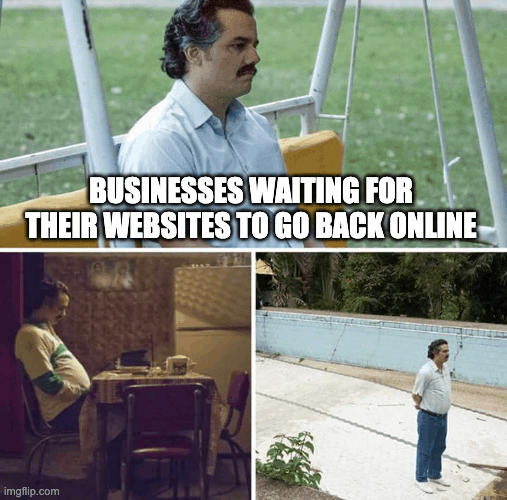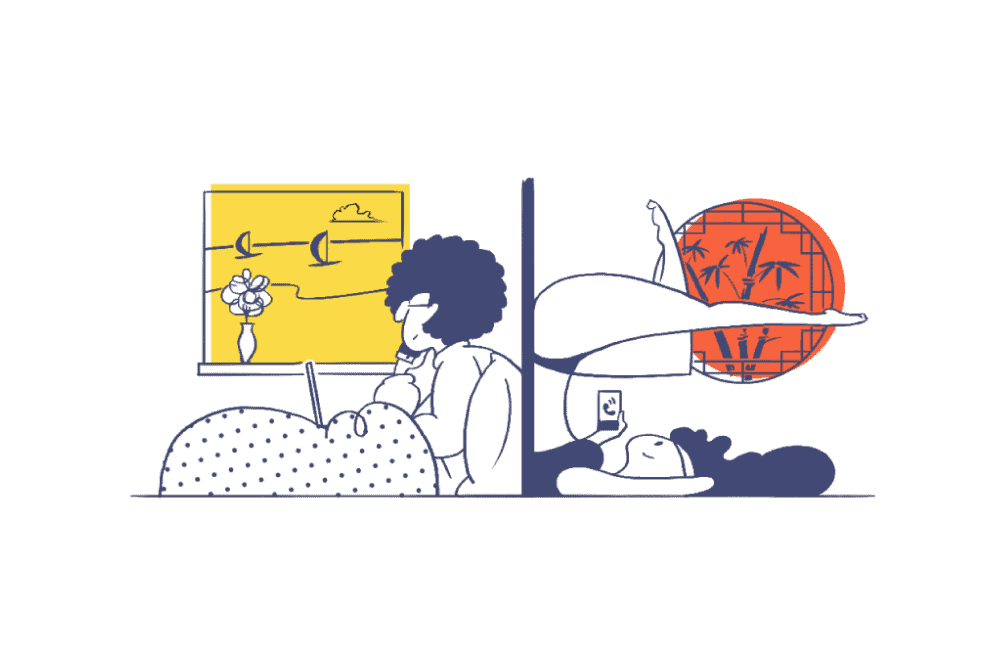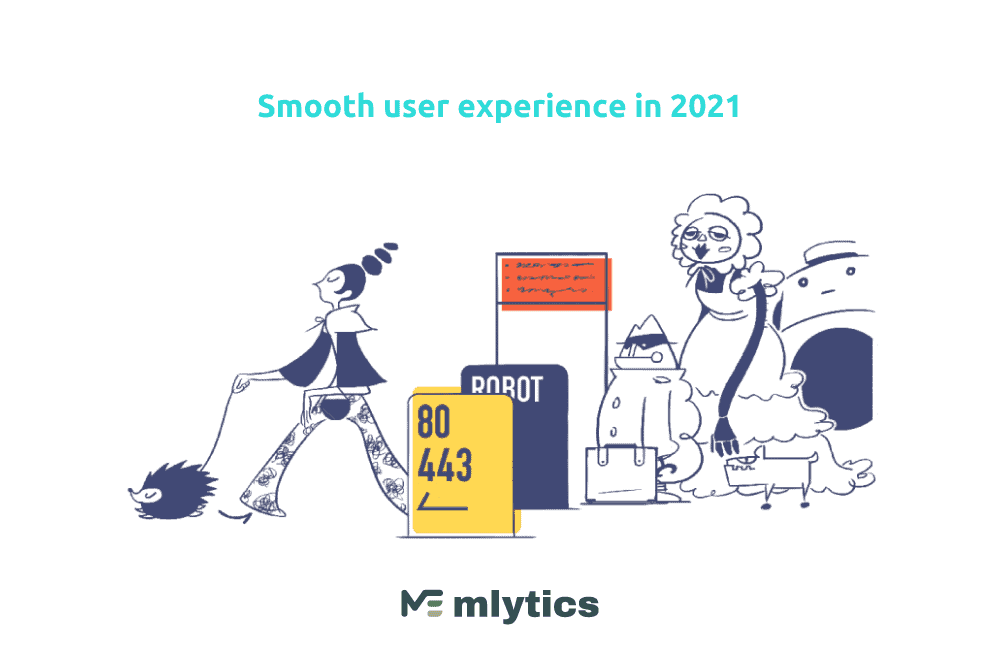Your website is one of the hardest working facets of your business. It advertises your company, motivates business, makes sales, and fosters communication with your customers and clients. However, your website can only accomplish these important tasks if it is up and running. The better your website uptime, the better your site can drive your business goals forward.
Making sure your site is operating consistently and doesn’t experience downtime is a top priority for any online business. Website downtime negatively affects sales and revenue by frustrating customers, increasing bounce rates. Also, on the search engine side, affecting SEO and thus overall traffic.
Websites experience downtime for a variety of reasons, many of which can be mitigated to maximize your website uptime. We’ll discuss some key reasons for website downtime, and share how Multi CDN can help increase uptime for your website.
After reading this article, you’ll be armed with actionable insights and tools to help improve website uptime.
Primary reasons for website downtime

Hardware issues
For small and medium-sized online businesses, hardware failures account for over 50% of website downtime. Despite the best efforts of hardware preparation and planning, these systems can still experience issues and failures, causing websites to go down. Hardware issues range from power outages to hard drive failure to viruses or malware. When a site is offline, one of the first things to check is the hardware.
Website hosting complications
For many, choosing a website hosting company boils down to the question “What’s the cheapest solution?” Of course, this approach might save money… But often a lower price could cost you features which other website hosting companies would offer. Thus by opting for the cheap approach, your website is exposed to increased downtime and thus reduced revenue.
Your website’s uptime is dependent on your hosting provider. So, a better strategy would be to choose a reputable hosting company that offers high-quality features. One way to vet hosting companies is to check customer reviews and closely compare uptime statistics. You might also consider customer support ratings when making your decision.
DDoS attacks
One serious threat to a website’s uptime is a Distributed Denial of Service (DDoS) attack. In a DDoS attack, multiple malicious systems make repeated requests to your website, thus overloading the site’s bandwidth and server resources. When successful, the site shuts down.
DDoS attacks are not uncommon; according to statistics, business websites experience an average of 3.9 DDoS attacks per day with an average attack lasting approximately 30 minutes. One option for protecting against threats like DDoS attacks is leveraging a content delivery network (CDN) service.
CDN services store website copies in data centers around the world. A CDN then serves content to website visitors from the geographically closest data center. Because the website is stored in multiple places, if a DDoS attack happens, website traffic is automatically shifted to different data centers, thus protecting uptime. With an appropriately set up CDN, a website is protected from common security threats including bot abuse, DDoS attacks, and data breaches.
Single CDN issues
Content Delivery Networks have many benefits for business websites. They serve content closer to users worldwide, help prevent overuse on origin servers, and provide features like caching that help speed up websites. Additionally, CDNs provide many security features to help protect sites from malicious traffic.
CDNs have some limitations, however. Most companies rely on a single CDN provider, and CDNs can and do experience outages. A CDN outage then causes subscribing websites to experience downtime.
For example, the Cloudfare outage in July 2019 showed the weaknesses of utilizing a single CDN approach. When Cloudfare experienced a brief outage, millions of websites went down. Sites like Pinterest, Shopify, and a huge number of small business websites were unaccessible for a limited amount of time. To mitigate single CDN issues, many companies leverage Multi CDN.
How Multi CDN benefits website’s uptime

Multi CDN is an approach that simultaneously utilizes multiple CDN providers to achieve better website performance. If a single CDN experiences outages, Multi CDN reroutes traffic through another CDN provider to ensure uptime. Thus, traffic spikes and fluctuations don’t affect a website’s content.
Some companies decide to “roll their own” Multi CDN by subscribing to multiple, single CDNs. Instead of a business managing multiple CDN contracts and subscriptions, a company can simplify the process and work with one Multi CDN provider.
Multi CDN providers offer several benefits over multiple, single CDNs like even faster load times, enhanced security features, and virtually guaranteed continuous uptime. Multi CDNs leverage even more data centers than a single CDN, so content is served to a user at the fastest possible speed.
Possibly the best advantage of leveraging Multi CDN is enhanced security. Multi CDNs provide features to expand website security such as authentication enhancements and DDoS mitigation. For example, by establishing a global data center network, a Multi CDN can absorb DDoS attacks by redistributing massive traffic congestion.
Additionally, a proper Multi CDN platform monitors for website performance issues and outages and can automatically redistribute traffic to other CDNs for load balancing. With all these features, a Multi CDN provides the option for a website to experience truly uninterrupted, continuous uptime.
Finding the right CDN solution
If pursuing a Multi CDN solution sounds like a good option for your website, there are several approaches to finding the right fit. One option is to look for dedicated Multi CDN service providers who can assist you in selecting single CDNs to use. After that, the Multi CDN provider distributes your web traffic for you on the selected CDNs.
However, this approach has several downsides including extended implementation preparations and company onboarding. Furthermore, Multi CDN providers with this approach typically make essential choices for you which can result in less transparency and autonomy.
Another approach is to choose a SaaS Multi CDN platform over service provider which offers greater flexibility. Mlytics falls into this category which offers a marketplace-like experience for choosing CDN providers. With this approach, companies can choose CDN providers and deploy them in under 5 minutes without any assistance.
Key take-aways
Websites can experience downtime for a variety of reasons, be it hardware complications, website hosting issues, malicious attacks, or CDN performance problems. However, on could mitigate or avoid many of these issues by pursuing Multi CDN. Multi CDN provides a powerful framework for a website’s reliability, performance, and security.
Looking ahead to 2021 and beyond, website uptime means being open for business around the clock and around the world. This is especially important due to the COVID-19 pandemic in 2020 that forced many businesses to focus more on their online operations. Instead of trusting your online business to a single CDN, consider the expanded possibilities with increased uptime. Mlytics Multi CDN platform is easy to deploy, and can help you deliver 100% website uptime possible.



